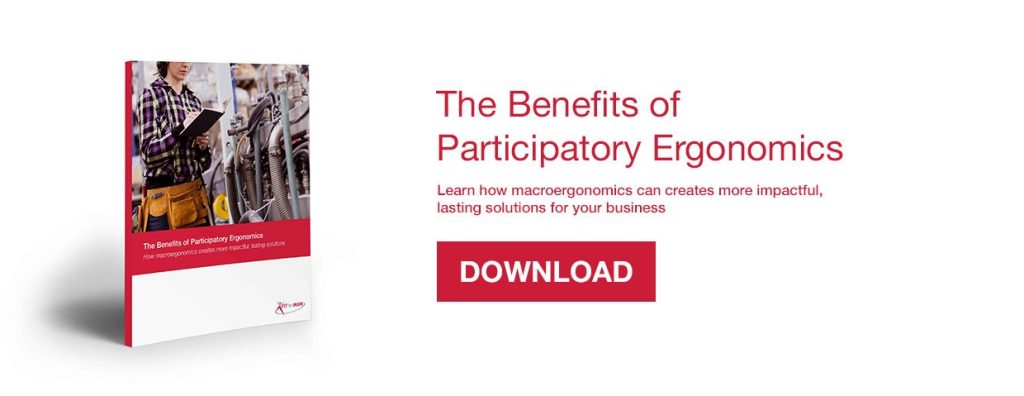It comes up quite often in conversations with our clients and potential clients that, for companies that are self-insured, paying for preventative initiatives is in your best interest. The thought is since you are managing your own money, it makes sense to do what you can to reduce costly claims. This suggests that, in a fully insured situation, clients are not managing their own money—and thereby not managing the costs of claims. The problem is insurers are not paying these claims for free. If you have $1M in loss, there’s a good chance you will pay that insurance company more in premiums and deductibles than the total cost of the claims. We as humans naturally get lulled into a comfortable feeling when there is a guarantee or a hard number we can count on. Numbers that appear static and predictable look nice in Excel spreadsheets. But paying for post injury care is NOT static and is often unpredictable. That number may be fixed for the current calendar year. But what about next year? You may be tempted to say, “Whew, we lost $1M in paid claims but only had a $250k deductible.” The fact is, if you are fully insured, you have even more of an incentive to pay for prevention. Without it, your premium costs will continue to rise at a much higher rate than the actual cost of your injuries. If you are looking to lower your premiums, consider raising your deductible to lower your overall costs. Then, look for an onsite injury prevention program as the way to prevent workers compensation claims from happening in the first place.
Fully Insured vs. Self Insured: Myths about paying for prevention





